Scot Nicol founded Ibis Cycles in northern California way back in 1981. With an eccentric bunch of designers, welders, and builders, they made a slew of innovative steel, aluminum, and titanium frames during the 80s and 90s. Additionally, they created some wild oddities designed by John Castellano, including the full suspension alloy Szazbo, the pivotless titanium BowTi, SilkTi, and alloy Ripley. They even built some carbon frames made with carbon tubes, steel, ti lugs, and rear triangles.
Eventually, Scot sold the company to an investment group in 2000, which bankrupted Ibis in less than two years. Hans Heim (CEO) bought the Ibis name, re-established the company, and along with Scot (a.k.a. “Chuck Ibis”), he partnered with Tom Morgan (President), Roxy Lo (Designer), and later on Colin Hughes (Head Engineer). They now create a variety of carbon fiber and aluminum bikes. Since 2005, they’ve partnered with suspension guru Dave Weagle on the excellent dw-link suspension platform.
I haven’t ridden or owned all of the modern frames Ibis has made, but I have owned a decent share of their lineup: the Mojo Carbon, Mojo HD, Mojo HDR, Mojo HD3, Ripley V1 & V2, and Ripmo V1 & V2.
I am a fanboy, a friend of the founders, and love their frame designs, and their iteration of the superb dw-link suspension.
Mojo Carbon
2005-2009
The Mojo Carbon started a revolution. It was the first carbon fiber monocoque all-mountain bike when it was introduced. The Mojo is a lightweight, efficient pedaling, strong, and versatile trail bike. Its strength and longevity proved the skeptics wrong. Its affordable price made competitors cringe. Its long travel and lightweight blurred the line between an All Mountain bike and a Cross Country bike. Its beauty made the ladies and metrosexual men swoon (OK, maybe not). Its dw-link suspension made terrain disappear. That’s all fine and dandy, but how the bike rides is what makes the bike so popular.
I got a Mojo Carbon in early 2006; I think it was frame number 26? The first time I saw the Mojo frameset, I was enraptured, seeing the gorgeous carbon fiber weave under the clear coat and, of course, Roxy’s sexy sculptured frame shapes.
- Wheel Size 26”
- Rear Travel 140mm
- Front Travel 140mm
- Rear Shock Spec 7.875″ x 2.0″
- Rear Axle 135 x 10 mm QR
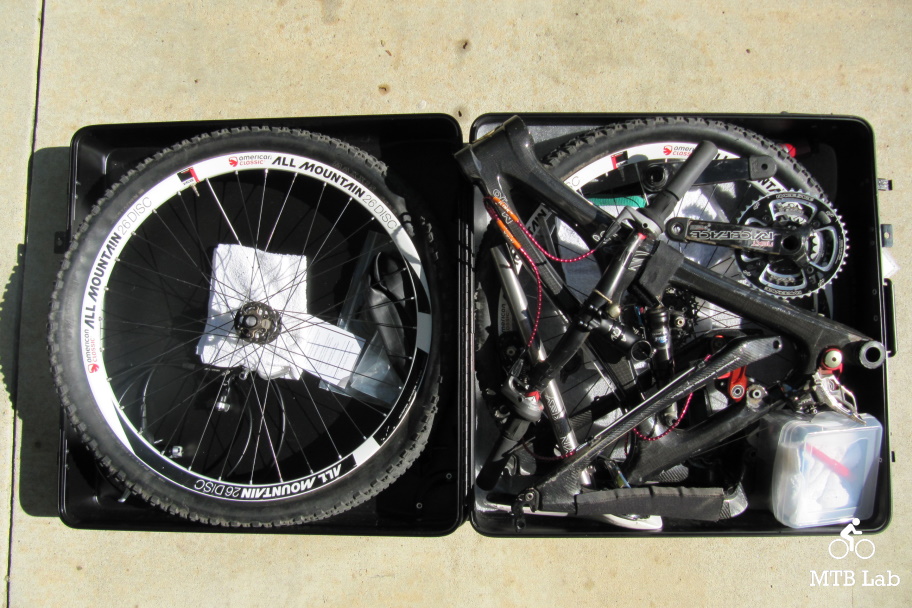
One useful thing about the smaller 26″ based Mojo, was that you could fold it up and place it into an S and S Machine case. Their case matches the maximum luggage size limit (62-inch girth) allowed by airlines, without getting an oversize charge.
Mojo HD 140/HD
2010–2013
The Mojo HD is the longer travel bigger brother to the Mojo and Mojo SL. The “HD,” as we call it, has 160mm of rear-wheel travel, up 20mm from the other Mojos. The 140mm travel Mojo, which we introduced in 2005, pioneered efficient, lightweight long-travel suspension, blurring the lines between those previously separate categories. The Mojo HD takes this concept a step further, giving riders another level of skill and confidence in nearly every situation, combined with uncanny climbing prowess.
The Mojo HD was the Mojo on steroids, with some extra travel at both ends. If desired, you could swap out the rear shock and, via their Limbo Chip, could run either 140 or 160mm of rear travel.
- Wheel Size 26”
- Rear Travel 160mm
- Front Travel 160mm
- Rear Shock Spec 8.5″ x 2.5″
Mojo HDR/HDR 650b
2013–2014
The Mojo HDR continued in the very capable footsteps of our popular and highly regarded Mojo HD, taking its technology and versatility a few steps further. The “HDR” and the “HD” featured identical travel (160mm), the same suspension (the incomparable dw-link), and the same proven geometry.
You could set it up with 160mm or 180mm front forks. If you wanted to run the bike in long travel 650b, an HDR 650b model was also available.
The HDR was an interesting beast since you run it with a massive 180mm fork (I loved my Fox Van coil fork), which was excellent in chunky terrain. I eventually upgraded it to the 650b version, bringing me to the 27.5” world.
- Wheel Size 26”/27.5”
- Front Travel Designed to work with 160mm or 180mm front forks
- Rear Shock Spec 8.5″ x 2.5″
- Rear Axle 142mm Maxle
Mojo HD3
2014–2016
The Mojo HD3 was an instant classic when launched in November of 2014. It was our most popular bike in 2015.
We announced a major update to the Mojo HD3 as of March of 2016 via a replacement rear triangle. As of then, the Mojo HD3 became both Boost and Plus compatible.
Boost is a standard for axles and drivetrains that allows us to build a bike with a stiffer rear end and no weight penalty. It also allows us to increase clearance so we can run larger rubber on the bike. The HD3 now accommodates the incredible new 2.8” Plus tires from both Schwalbe and Maxxis. In the words of ‘The Angry Singlespeeder” on MTBR, these tires have “Traction for Days.” The level of grip with the new plus tires is just shy of Velcro.
The HD3 also features the latest and greatest refinement of the famed dw-link suspension. Geometry is fully modern: longer, lower, and slacker, with 6” of plush rear-wheel travel. We’ve built-in versatile internal routing and updated the carbon fiber frame design, allowing us to put a water bottle on top of the downtube. We also achieve a drop in weight and pedaling performance on par with the Ripley, so the bike is very fast going up and scary fast going down.
The Mojo HD3 took all the Mojo predecessor’s capabilities and put them on steroids. It offered up additional stiffness, control, and downhill stability. They offered the Boost kit rear triangle, which elevated the HD3 to the next level since you could run 2.8” Plus-sized tires. I still occasionally use the bike for winter riding, where the fatter tires help with traction in deeper snow.
- Wheel Size 27.5″ / 27.5″ tires in 2.3″, 2.5″ and also 2.8″ Plus size (Boost only)
- Front Travel 160mm
- Rear Travel 150m
- Shock Specs 7.875 x 2.25″ / 200 x 57mm
- Boost Axles 148mm rear / 110 front
Ripley 1st Gen
2013–2015
Our goal was to bring the advantages of a 29” wheel to a lightweight, nimble and fun trail bike. We think 120mm of travel is the sweet spot for a snappy bike that isn’t cumbersome or heavy. We also wanted the Ripley to be configurable for a wide range of terrain and riding styles, so we made it compatible with 120–140 mm travel forks. We asked Dave Weagle (Mr. dw-link) to give the Ripley pedaling efficiency, XC-like acceleration, and optimization for 29er specific gearing in addition to the usual dw-attributes such as excellent small bump compliance predictable travel through the range with no wallowing or harsh bottom out. This version of the dw-link, like the ones he’d done for us in the past, delivered on the promise.
The Ripley OG did just about everything like a dreamboat. It flies up and over chunky terrain, rolls over almost anything, and climbs like it has Velcro tires. I still love 29er wheels! To me, this was the best climber I ever rode in their lineup.
- Wheel Size 29”
- Front Travel 120-140mm forks, 51mm rake is STRONGLY recommended
- Rear Travel 120mm
- Shock Specs 7.25″ x 1.75″
- Rear Axle 142mm Maxle
Ripley 2nd Gen
2015–2017
For many of us working at Ibis, the Ripley was our favorite bike since the day it came out. And indeed, if you look at the reviews, you’ll see that we weren’t alone. Still, riding styles and components are constantly evolving, so we updated it to add to its already amazing versatility. The second generation of the Ripley came with two geometry options, the nimble geometry of the original or a ‘new school’ long and slack version called the Ripley LS.
The Ripley LS took the Ripley OG to the next level and offered just a tad more forgiveness and control when flying downhill. It still provided the same climbing prowess technical abilities, with more gnar flair.
- Wheel Size 29”
- Front Travel 120-140mm forks, 51mm rake is STRONGLY recommended
- Rear Travel 120mm
- Shock Specs 7.25″ x 1.75″
- Boost Axles 148mm rear / 110mm front
Ripmo V1
2018–2020
The love child of a Ripley and the Mojo HD4, the all-new Ripmo is a big-wheeled slasher that’s always down for another lap, whether that means a big climb or a tailgate pad. Think of it as a mashup of the Ripley’s balance and speed, coupled with the Mojo HD4’s capabilities when things get hairy.
It was great to have a big-wheeled beast that has oodles of suspension. It didn’t climb entirely as well as my Ripley’s, but it was scary fast and plush flying downhill. The Tangerine Sky paint job is still my favorite out of their lineup. To me, it felt more like an HD3/HD4 with big 29er wheels.
- Wheel Size 29” / up to 2.6″ tires
- Front Travel 160mm
- Rear Travel 145mm
- Shock Specs 210 x 55mm
- Boost Axles 148mm rear / 110mm front
Ripmo V2
2020 – Present
What if we took everybody’s favorite bike and made it a little slacker and a little longer? Hell, what if we made it more progressive and coil compatible? And that’s exactly what we did for the Ripmo V2. Active ingredients include 29” wheels, berm-defying cornering tendencies, and a love for long rides.
I was wholly intrigued with the Ripmo V2 because it was their first carbon bike to be coil compatible! I love that I can switch back and forth from air to coil depending on what I’ll be riding and my mood. The slight change in geometry made the bike feel bigger and longer, which helped immensely at higher speeds and gnarly conditions but made it a handful in tighter terrain. This is my current full-time bike.
- Wheel Size 29” / up to 2.6″ tires
- Front Travel 160mm
- Rear Travel 145mm
- Shock Specs 210 x 55mm
- Boost Axles 148mm rear / 110mm front
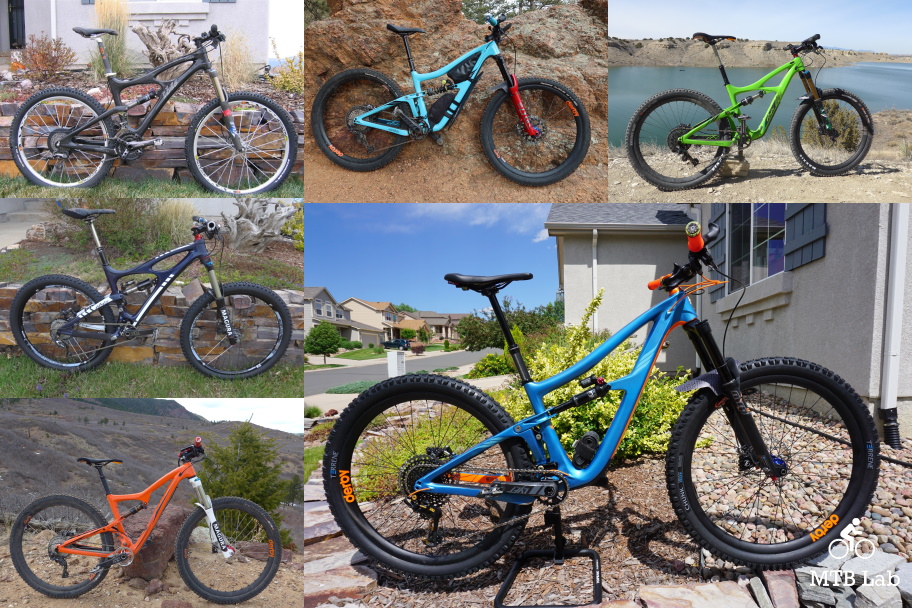

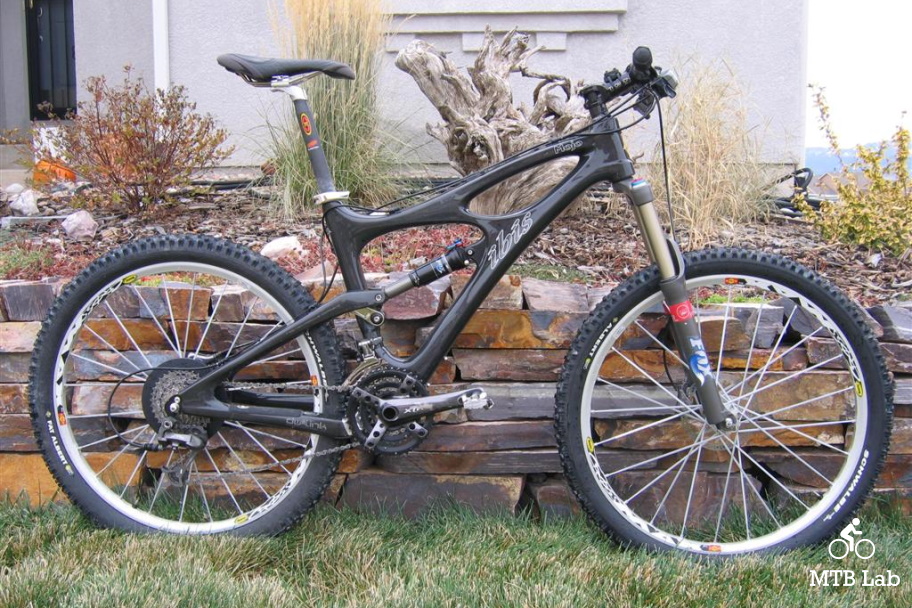
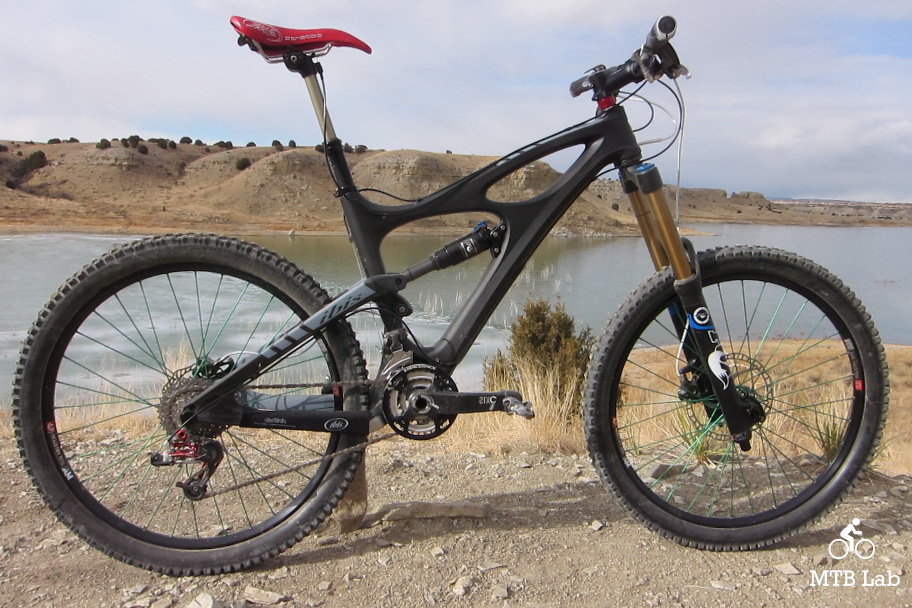
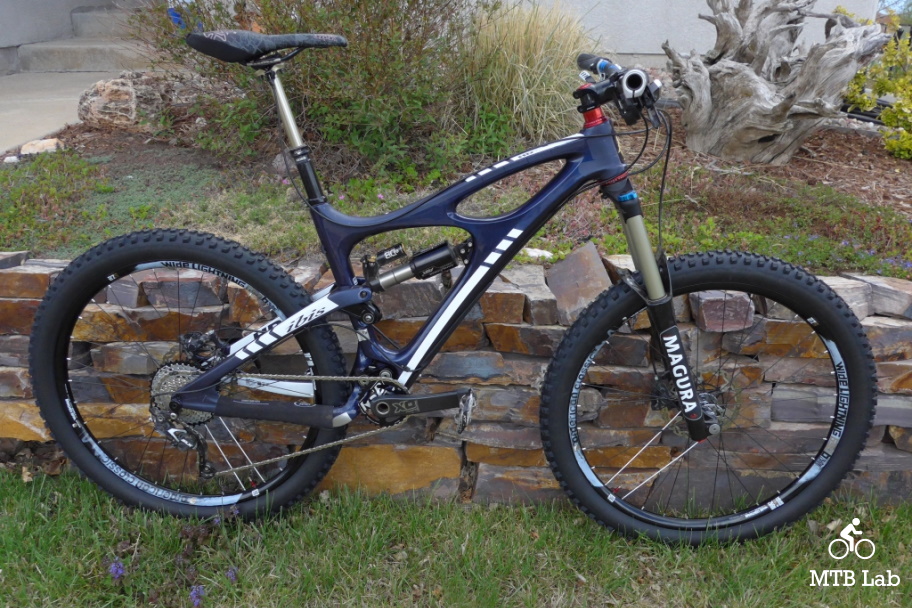
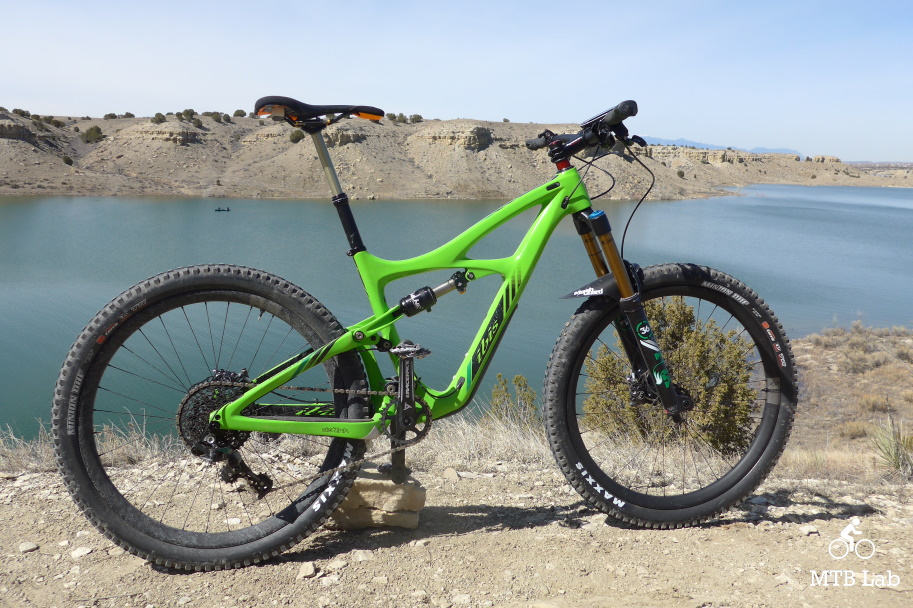
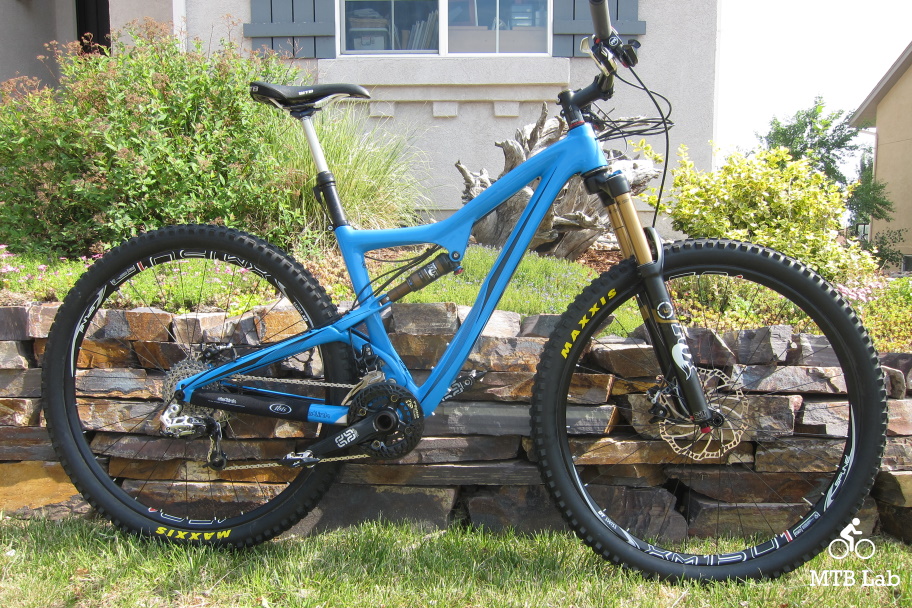
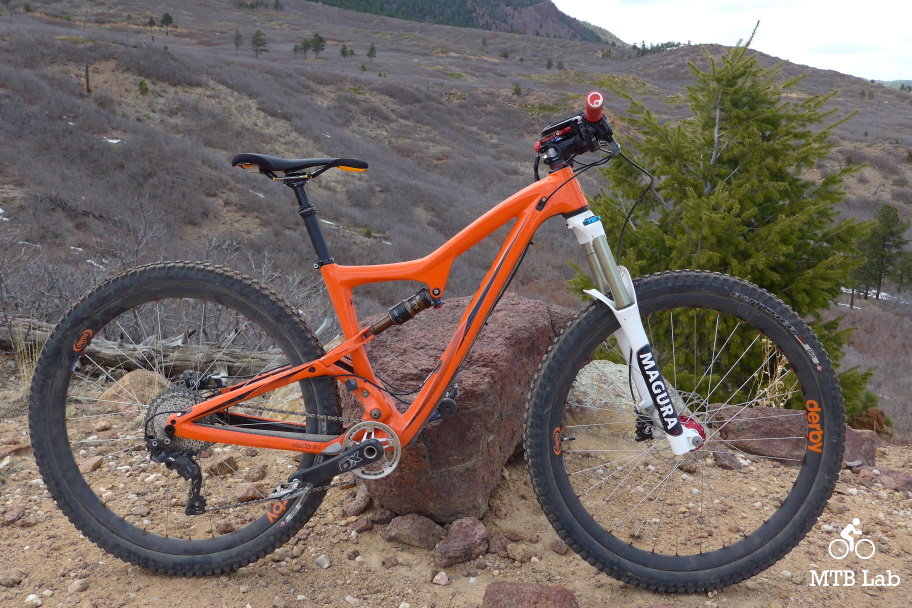
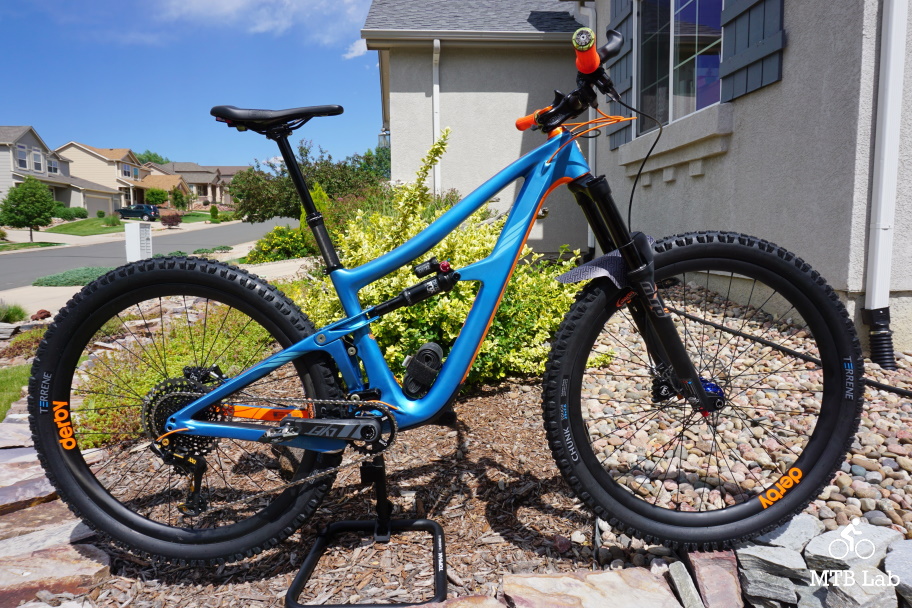
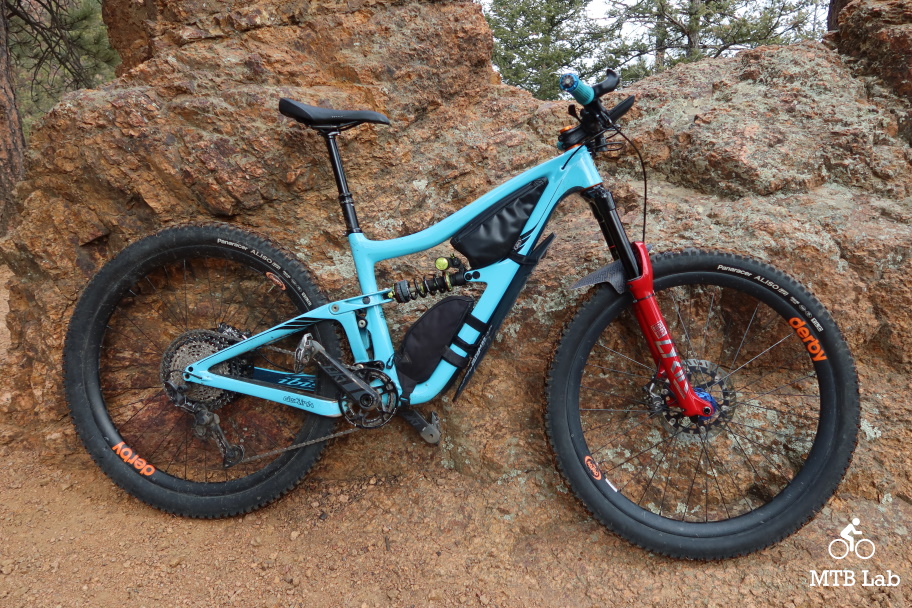





{ 2 comments… read them below or add one }
Delighted owner/rider of Mojo, Mojo SL, Silk, Silk SL, Mojo SLR, Ripley V1, Ripmo V1, Hakka MX and Ripley V4 and waiting patiently for some thing beginning with e…
Thanks, Alan!